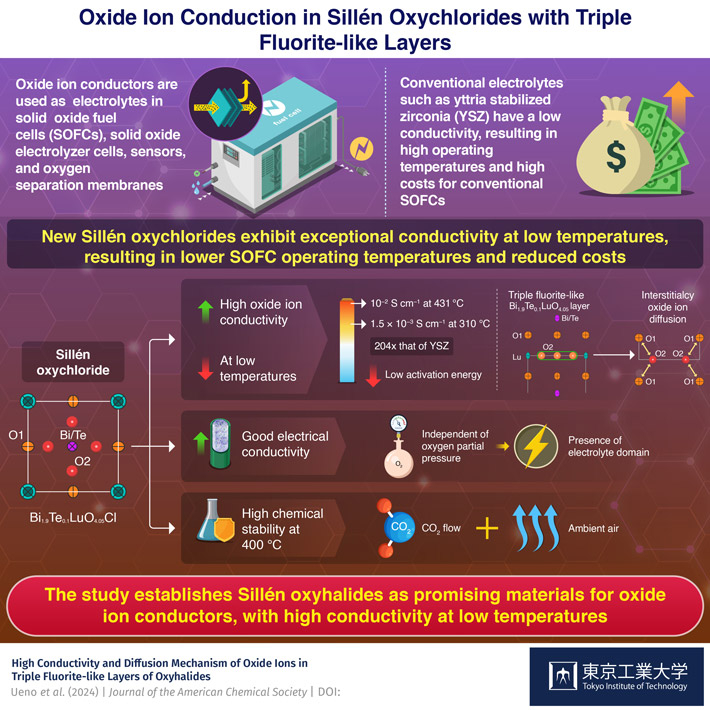Rio Tinto chief executive J-S Jacques said “We have delivered strong financial results with underlying EBITDA of $10.3 billion and EBITDA margin of 47%. Our financial performance was driven by our Pilbara operations with a 72% EBITDA margin, underpinned by strong iron ore prices.
“We are taking actions to protect the Pilbara Blend and optimise performance across our iron ore system, following the operational challenges which emerged in the first half.
“Our world-class portfolio and strong balance sheet serve us well in all market conditions. This, together with our disciplined capital allocation, underpins our ability to continue to invest in our business and deliver superior returns to shareholders in the short, medium and long term. Our delivery is in evidence today, with our record interim returns of $3.5 billion.”

- Sustained improvement in safety performance, with the All Injury Frequency Rate continuing to decline, a reduction in the severity rate and fewer process safety incidents.
- Underlying EBITDA3 of $10.3 billion (excluding the contribution from the coking coal assets divested in 2018), was 19% above 2018 first half, with an EBITDA margin7 of 47%.
- Operating cash flow of $6.4 billion is presented net of $0.9 billion of tax paid in 2019 first half relating to the 2018 coking coal disposals.
- Free cash flow2 of $3.9 billion was 35% higher than 2018 first half.
- Cash returns of $3.5 billion announced today, comprising record interim ordinary dividend of $2.5 billion, equivalent to 151 US cents per share, and special dividend of $1.0 billion, equivalent to 61 US cents per share.
- $4.9 billion underlying earnings3, 12% higher due to a strong contribution from Iron Ore.
- Following our update on the Oyu Tolgoi underground project on 16 July 2019, we completed an impairment assessment and concluded that the changes to project cost and schedule led to an impairment charge, net of tax and non-controlling interests, of $0.8 billion. The impairment is reflected in net earnings of $4.1 billion9.
- Record 23% Return on Capital Employed6, a rise of four percentage points on 2018.
- Strong balance sheet with net debt5 of $4.9 billion, mainly reflects $7.8 billion of cash returns to shareholders paid in 2019 first half, partly offset by free cash flow.
Six months to 30 June | 2019 | 2018 | Change | |||
Net cash generated from operating activities (US$ | 6,389 | 5,228 | 22 | % | ||
Capital expenditure1 (US$ millions) | 2,391 | 2,363 | 1 | % | ||
Free cash flow2 (US$ millions) | 3,879 | 2,883 | 35 | % | ||
Underlying EBITDA3 (US$ millions) | 10,250 | 9,198 | 11 | % | ||
Underlying earnings3 (US$ millions) | 4,932 | 4,416 | 12 | % | ||
Net earnings (US$ millions) | 4,130 | 4,380 | (6 | )% | ||
Underlying earnings3 per share (US cents) | 301.5 | 253.6 | 19 | % | ||
Basic earnings per share (US cents) | 252.5 | 251.6 | – | |||
Ordinary dividend per share (US cents) | 151.0 | 127.0 | 19 | % | ||
At 30 June 2019 | At 31 Dec 2018 | |||||
Net (debt)/cash4 (US$ millions) | (4,855 | ) | 255 | |||
Net gearing ratio5 | 10% | (1 | )% | |||
Return on Capital Employed (ROCE)6 | 23% | 19 | % | |||
1Capital expenditure is presented gross, before taking into account any cash received from disposals of property, plant and equipment (PP&E).
The following financial performance indicators – which are non-GAAP measures – are those management uses internally to assess performance. They are therefore considered relevant to readers of this document. They are presented here to give more clarity around the underlying business performance of the Group’s operations.
2Free cash flow is defined as net cash generated from operating activities less purchases of PP&E less lease principal payments plus sales of PP&E.
3Net and underlying earnings relate to profit attributable to the owners of Rio Tinto. Underlying EBITDA and earnings are defined on
page 13. Underlying earnings is reconciled to net earnings on page 72.
4Net cash / debt is defined and reconciled to the balance sheet on page 49.
5Net gearing ratio is defined as net debt divided by the sum of net debt and total equity at the end of each period.
6Return on Capital Employed (ROCE) is defined as annualised underlying earnings excluding net interest divided by average capital employed (operating assets before net debt).
7EBITDA margin is defined as Group underlying EBITDA divided by Product Group total revenues.
8Mine-to-market productivity improvements refer to the additional free cash flow generated from post-tax operating cash cost improvements and post-tax volume gains from productivity programmes.
9Refer to page 44 for pre-tax analysis of impairment charge.
10Refer to market release on 16 July 2019 “Update on Oyu Tolgoi underground project”.
11For full details, see the Notice to the ASX dated 1 August 2019 (“Rio Tinto Exploration Update – Winu project”) and accompanying information provided in accordance with the Table 1 checklist in The Australasian Code for the Reporting of Exploration Results, Mineral Resources and Ore Reserves (The JORC Code, 2012 Edition). These materials are also available on riotinto.com.
A comprehensive list of presentation documents is available in Results & reports.







